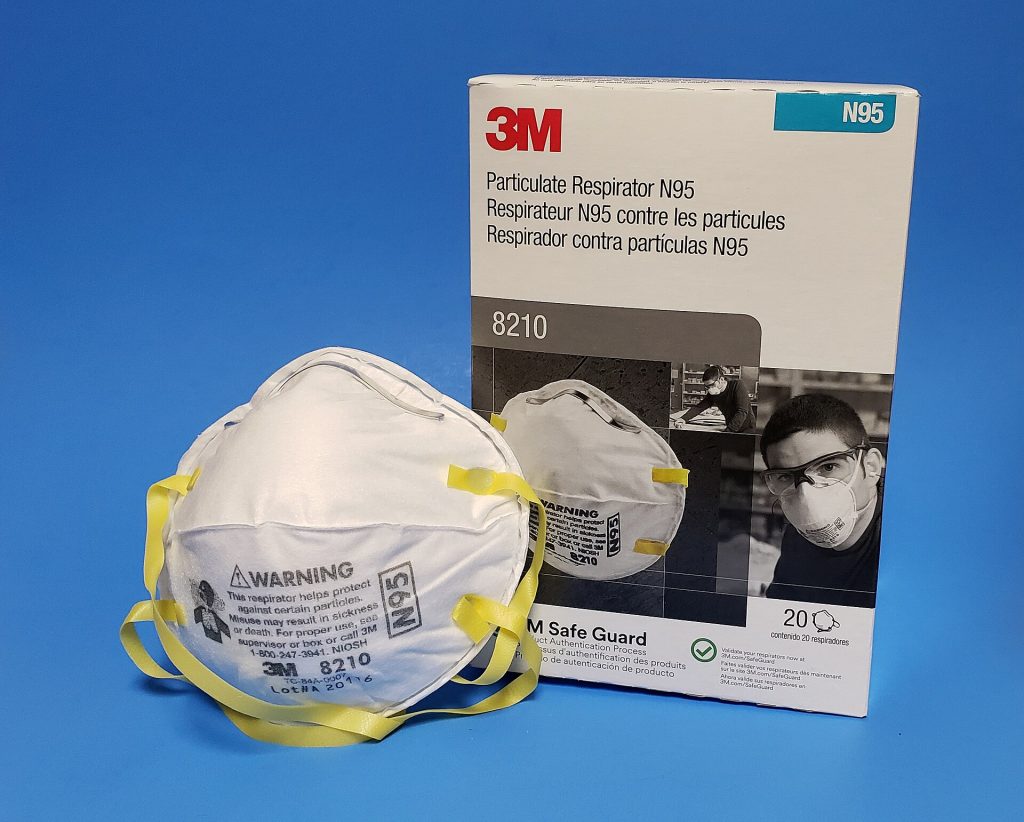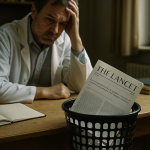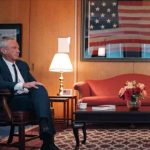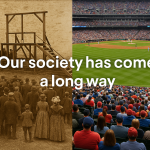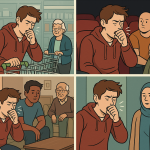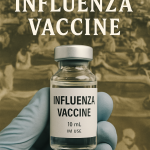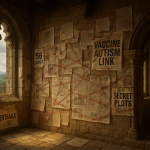At first, it was just a scarf. A bandana. Something—anything—to feel a little safer on that early grocery run in March 2020. We wiped down our bananas with Lysol. We stood six feet apart. And then… we argued about masks.
And we never stopped.
What should have been a simple, protective act turned into a national fault line. One piece of fabric—thin, disposable, and tragically politicized—became a symbol of everything we feared, everything we distrusted, everything we were angry about.
But in all the shouting, all the finger-pointing, and all the viral videos of fights in Walmart aisles… we missed something deeper.
How the Confusion Began
In February 2020, public health officials said masks weren’t necessary for the general public. They weren’t lying. They were scared.
Hospitals were already rationing PPE. Nurses were reusing N95s for days. Officials hoped to prevent panic buying. They thought surface transmission was the main risk. They didn’t have clear evidence yet on how this virus behaved.
But by April, the data changed. The message changed: “Wear a mask. It helps.”
That shift—the right call based on evolving science—was interpreted by many as betrayal.
“You lied to us,” people said.
And once that trust cracked, the flood came.
How the Conversation Went Off the Rails
Masks became more than a public health tool. They became a proxy war for:
- Freedom vs. control
- Science vs. skepticism
- Community vs. individualism
One side saw a moral responsibility to protect others.
The other saw a muzzle, a symbol of government overreach.
And the middle? Exhausted. Confused. Distrustful of both sides.
Social media amplified the worst voices. Political leaders hardened the divide. And in that chaos, what should’ve been a public health conversation turned into a cultural brawl.
The Real Loss: Trust
The worst part isn’t that we fought about masks.
The worst part is that we forgot how to listen, how to update our beliefs, how to say, “We didn’t know then. We know now.”
We missed the chance to show what science really looks like:
- It evolves.
- It adapts.
- It’s not a declaration—it’s a process.
And we missed the human story:
- Of the nurse who wore a trash bag when PPE ran out.
- Of the immunocompromised dad who begged people to wear a mask around his daughter.
- Of the public health workers who faced threats for trying to protect strangers.
Where Do We Go From Here?
If we want to heal, we have to do more than relitigate the past. We have to learn from it:
- That clear, transparent communication matters more than ever.
- That humility in the face of uncertainty is not weakness—it’s wisdom.
- That public health isn’t political—until we make it that way.
We can wear a mask without shame.
We can change our minds without losing our integrity.
We can hold institutions accountable and still listen to the science.
Because the next crisis will come.
And next time, we need to be ready—not just with supplies and data, but with empathy, patience, and the courage to get it right together.
Let’s remember what we missed—so we don’t miss it again.
Last Updated on June 26, 2025

